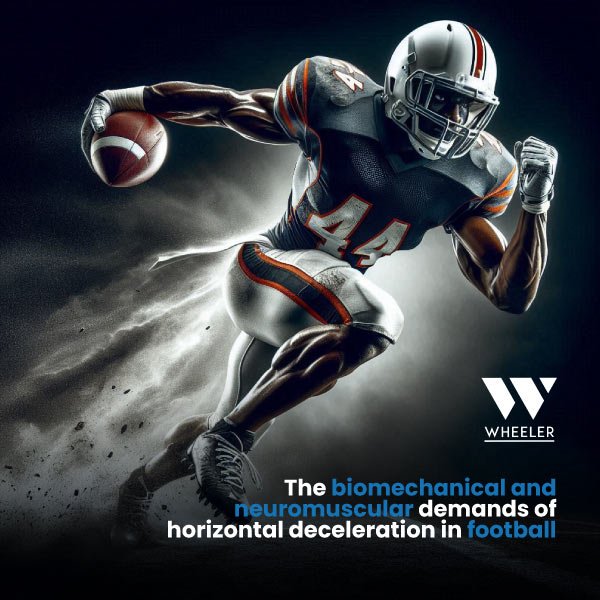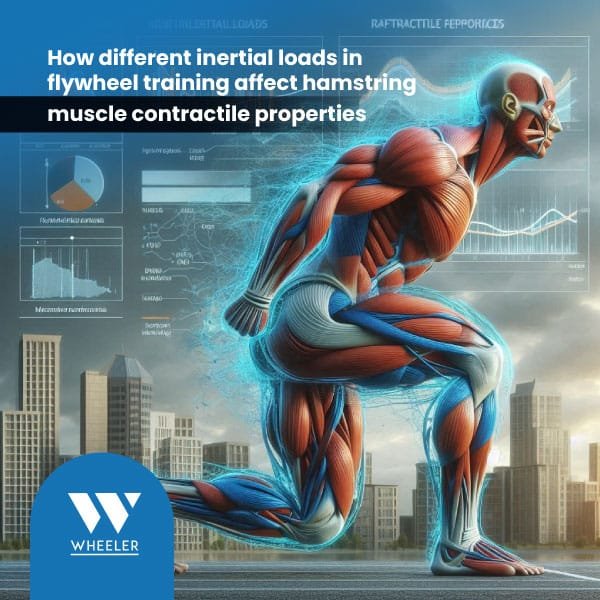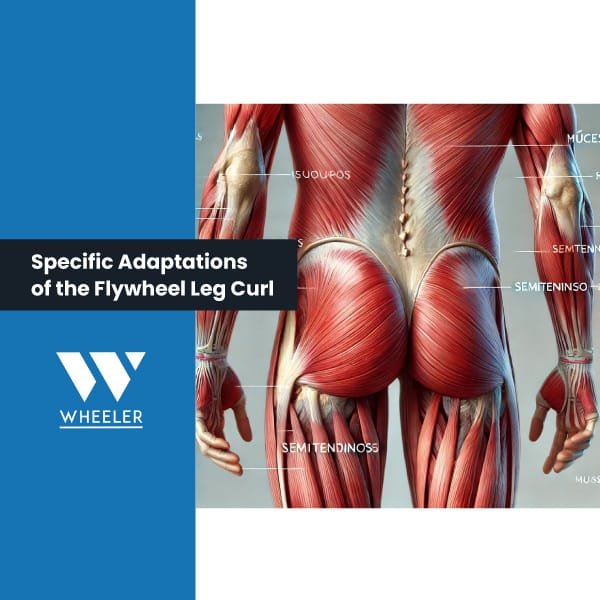Why Is Vertical Jump Testing So Important? Practical Tech with WheelerJump Hi Coaches. Today, we’re diving into a key aspect of training and performance monitoring: vertical jump testing. As physical coaches, understanding what a jump tells us about an athlete’s neuromuscular state is a must—not only to measure power but also to monitor fatigue, guide […]
The biomechanical and neuromuscular demands of horizontal deceleration in football Introduction Football is a game of acceleration, yes, but also of deceleration. The ability to stop quickly, control momentum, and change direction efficiently is what separates average players from elite performers. Yet, deceleration is often overlooked in training programs, even though it plays a key […]
Role of eccentric strength in performance and injury prevention in football players Introduction In this article, we’re going to dig into eccentric strength—a training component that often doesn’t get the attention it deserves. While concentric work (muscle shortening) is a staple in most programs, it’s the eccentric phase (muscle lengthening) that offers unique advantages, particularly […]
How squat strength influences sprint and jump performance in youth football players Introduction In youth football, strength development is often discussed, but its direct impact on explosive actions like sprinting and jumping isn’t always clearly understood. One question often asked is: “Does stronger mean faster?” In this article, we’ll explore how squat strength—and modern methods […]
How different inertial loads in flywheel training affect hamstring muscle contractile properties Introduction Flywheel training has proven its value in strength and performance development, especially in sports like football. But how does the level of inertia—or flywheel load—affect the way muscles contract and adapt, particularly the hamstrings? This article explores how different inertial settings influence […]
How chronic flywheel training influences physical capacities across the football season Introduction Flywheel training has become increasingly popular among performance coaches in football due to its versatility, low joint stress, and the unique eccentric overload it offers. But what happens when it’s applied consistently over several weeks or months? In this final article, we’ll break […]
Effects of flywheel training on physical capacities in soccer players Introduction Let’s take a deep dive into a training method that, although it has been around for a while, still raises questions and generates compelling evidence: flywheel training. We’ll look at how it affects strength, jumping ability, change of direction (COD), and whether or not […]
Jump Training Programming Based on Tendon Elasticity: Toward Personalized Performance INTRODUCTION For years, strength and conditioning coaches have placed athletes into simple categories—strong or fast, powerful or enduring. But as flywheel training and eccentric movement strategies gain traction in elite sports, a new physiological variable is taking center stage: tendon stiffness. Thanks to foundational studies […]
Hello Coaches, Flywheel training is not only a powerful tool for strengthening muscles but also a game-changer for improving sports performance. Whether your athletes need to accelerate faster, change direction explosively, or maximize their top speed, flywheel exercises provide unique eccentric overload adaptations that traditional methods often lack. This flywheel training equipment allows athletes to […]
Hello Coaches, The flywheel leg curl is one of the most effective flywheel exercises for targeting the hamstrings, especially the biceps femoris and semitendinosus muscles. Beyond its role in strengthening these key muscle groups, this flywheel training method promotes unique adaptations that are critical for injury prevention and sports performance. Using an eccentric flywheel mechanism, […]











